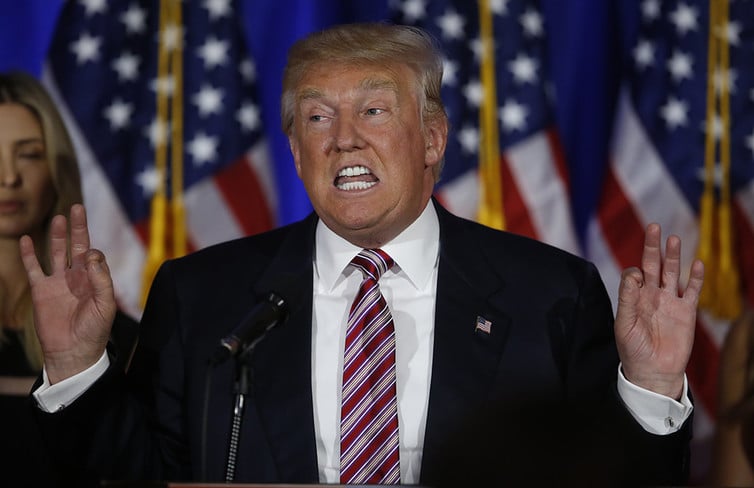Currency Speculators Limited Position Changes and were Divided around the Brexit Vote
In the sessions before and after the UK referendum speculators in the currency futures did three things. First, they generally reduced exposure. This means gross longs and short positions were reduced. Of the 16 gross speculative currency futures positions we track, 12 fell.




